Different Types of In-App Advertising and How to Use Them

In-app advertising offers a range of options for developers and marketers looking to monetize their mobile applications. Choosing the right type of in-app ad format is crucial, as it can significantly impact both user experience and revenue generation. Below are the most common types of in-app advertising, each with unique features that can be leveraged for different kinds of apps and user experiences.
1. Banner Ads
Banner ads are one of the oldest and simplest in-app advertising examples. They are rectangular or square ads displayed at the top or bottom of the screen. Since they are always visible during app usage, banner ads are non-intrusive but can be easily ignored if not placed correctly.
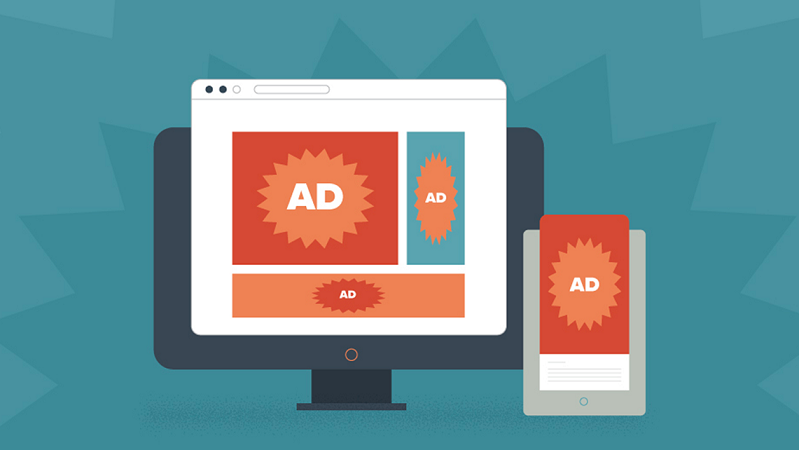
Best for: Apps with frequent user interaction and a constant flow of content (e.g., news apps, social media platforms, productivity apps).
Pros: Simple, non-disruptive, constant visibility.
Cons: Can be easily overlooked; lower click-through rates (CTR).
2. Interstitial Ads
Interstitial ads are full-screen ads that appear at natural transition points within the app. These mobile app advertising examples are more impactful than banners but must be used sparingly.
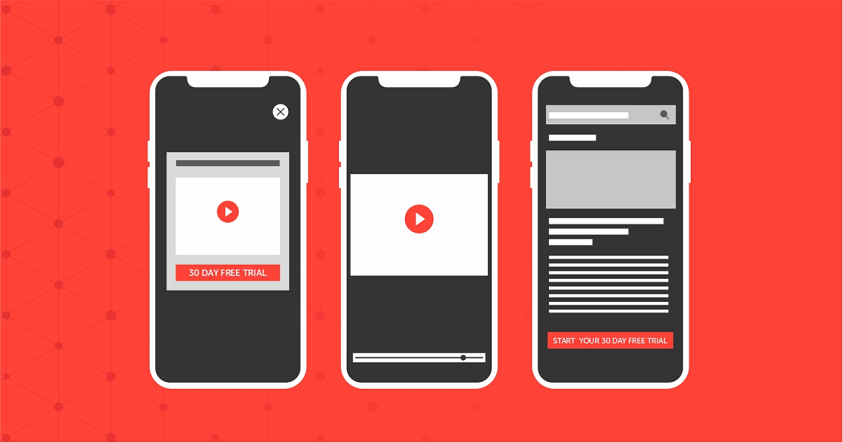
Best for: Games (after level completion) or apps with multi-screen flows.
Pros: High visibility, higher engagement, ideal for transitions.
Cons: Can disrupt UX if overused.
3. Rewarded Video Ads
Rewarded videos let users watch ads in exchange for rewards like currency, extra lives, or premium content. This app monetization example is highly engaging since users opt in voluntarily.
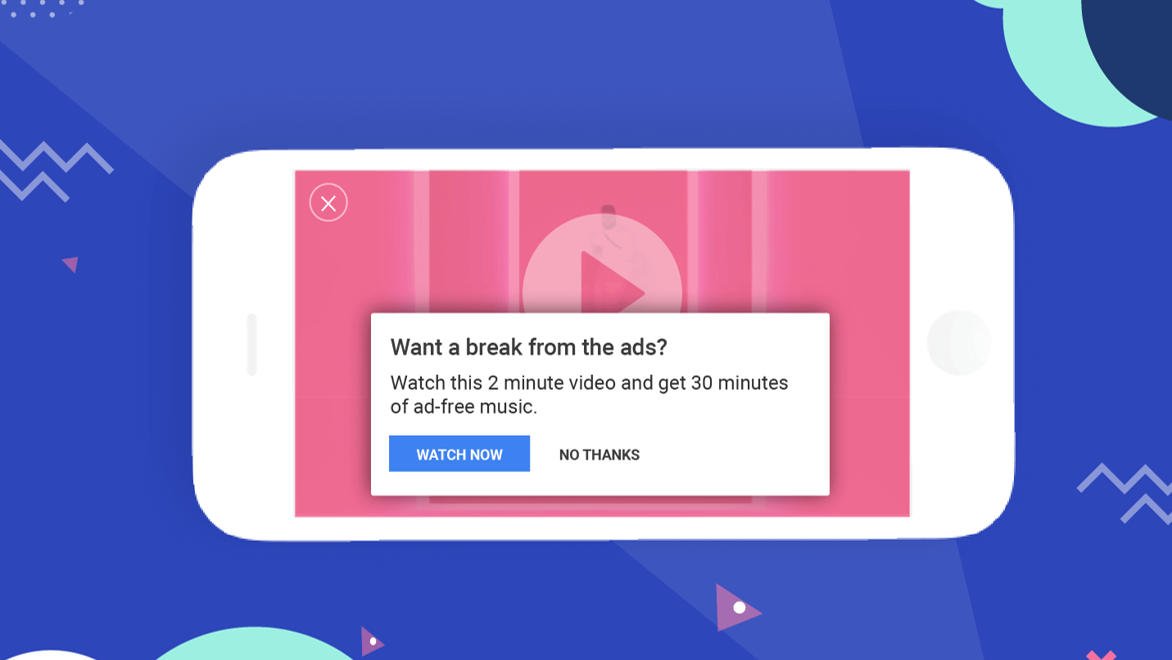
Best for: Games and apps where users value rewards (e.g., casual games, fitness apps).
Pros: High engagement, incentivized participation.
Cons: Not ideal for all apps; requires balance.
4. Native Ads
Native ads blend seamlessly into app design, appearing as sponsored posts or integrated content.
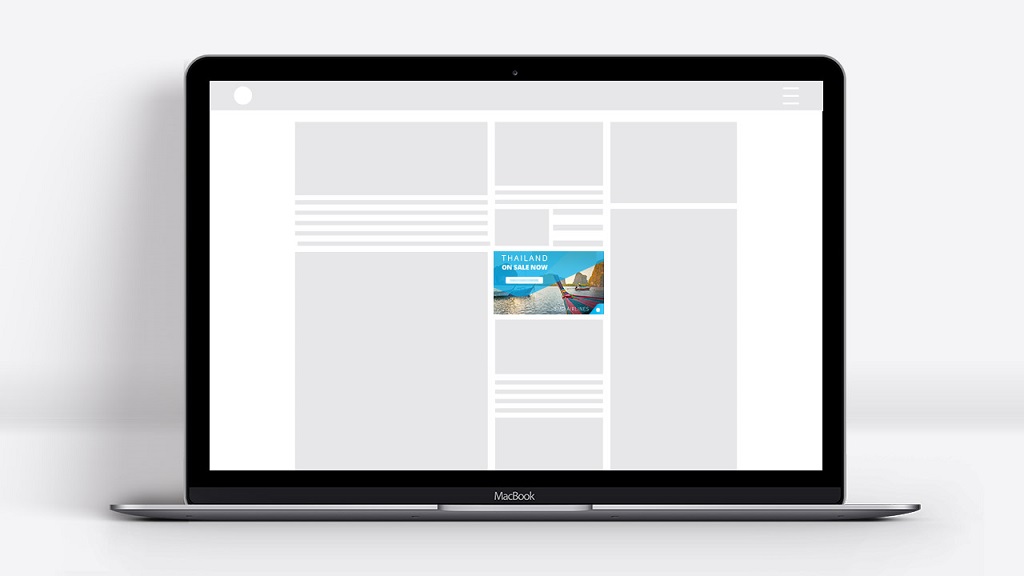
Best for: Social media and news apps.
Pros: High acceptance, better engagement.
Cons: Needs careful design to maintain UX.
5. Playable Ads
Playable ads allow users to try part of the app or game before installation — a powerful in-app ad format for boosting conversions.

Best for: Games or interactive apps.
Pros: High conversion, “try-before-you-buy.”
Cons: Requires extra development effort.
6. Offer Wall Ads
Offer walls list tasks (surveys, downloads, video views) in exchange for rewards.
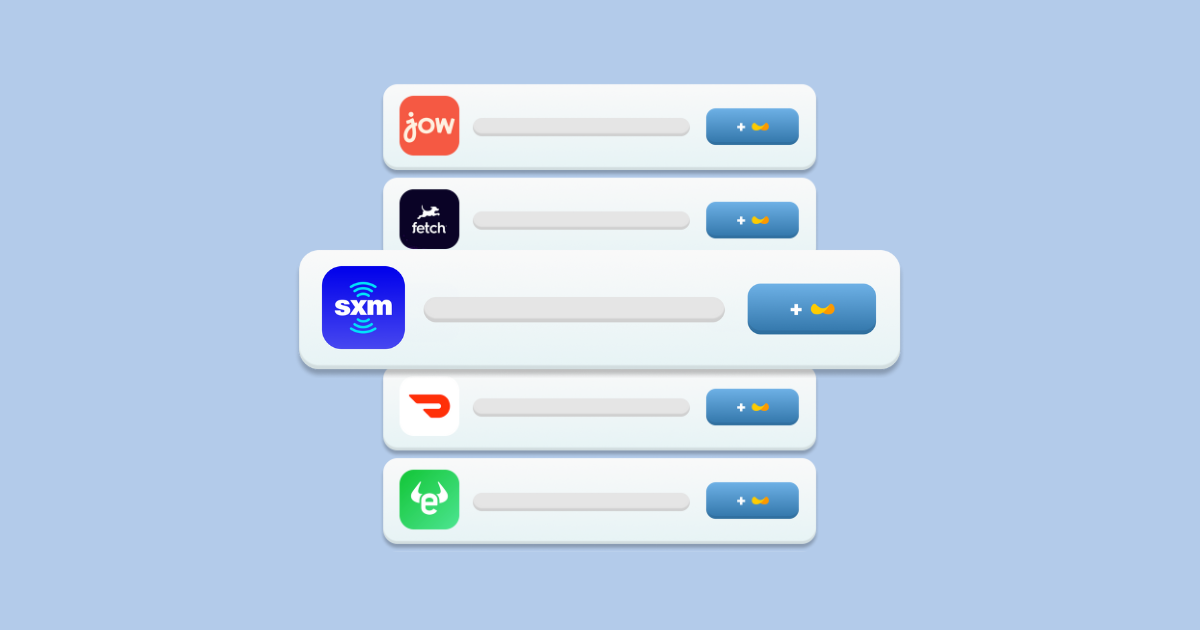
Best for: Free-to-play games.
Pros: Choice-driven engagement, higher retention.
Cons: May overwhelm users without proper design.
7. Push Notification Ads
Push ads send personalized offers to users, even outside the app.

Best for: Re-engagement campaigns.
Pros: High visibility, direct communication.
Cons: Risk of annoyance if overused.
8. Contextual Ads
Contextual ads tailor messages based on user actions, ensuring relevance.
Best for: E-commerce and shopping platforms.
Pros: High relevance, better engagement.
Cons: Requires strong targeting capabilities.
9. Social Media Ads
Integrated social media ads appear as sponsored posts, stories, or videos.
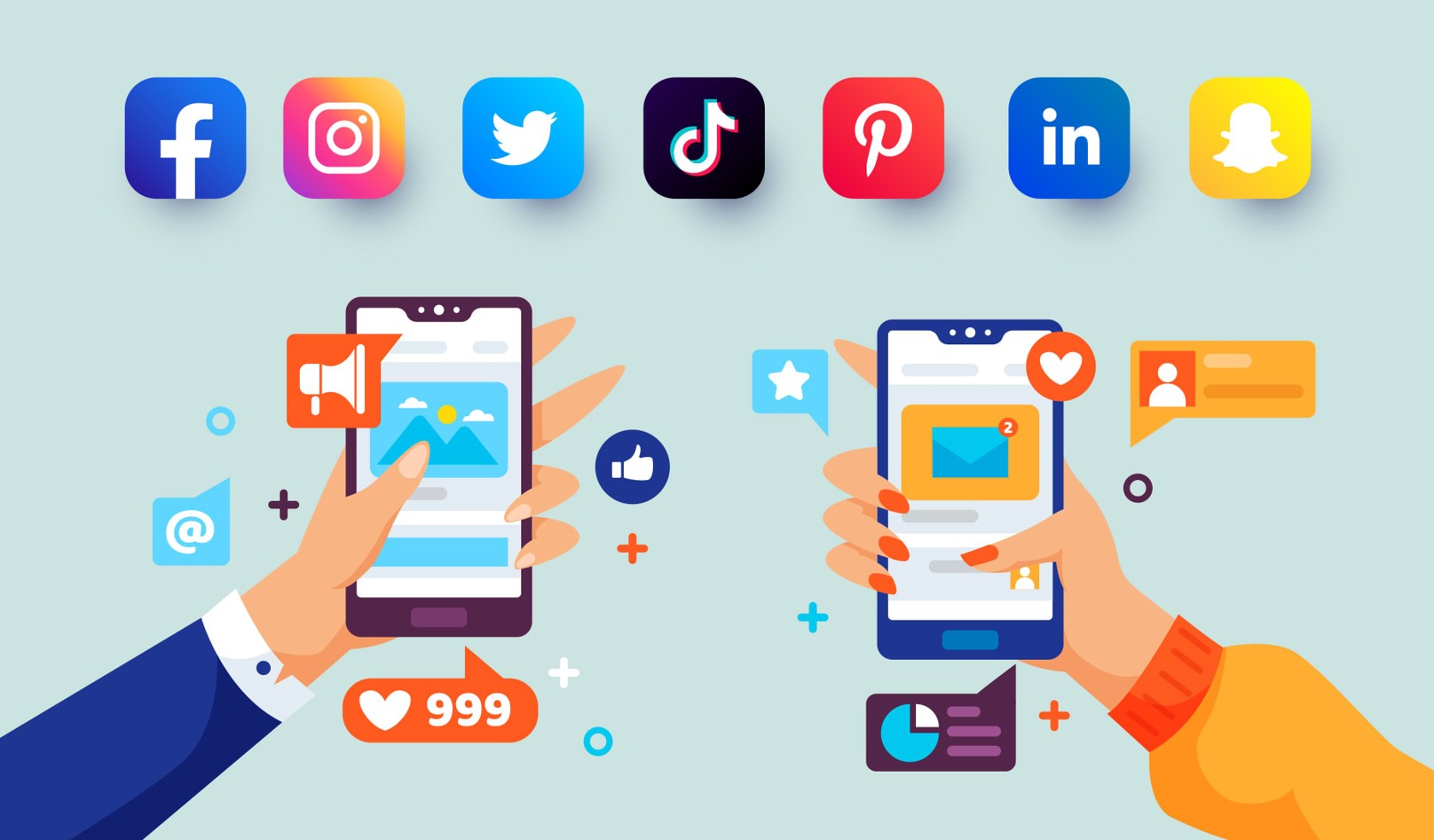
Best for: Apps integrated with social platforms.
Pros: Highly targeted, organic feel.
Cons: Can feel intrusive if poorly executed.
10. Text/Hyperlink Ads
Simple ads that appear as clickable links within app content.
Best for: Content-heavy apps (blogs, news, education).
Pros: Non-intrusive, easy to implement.
Cons: Lower engagement rates.
Conclusion: Choosing the Right Type of In-App Ad
The success of mobile ad placement strategies depends on selecting the right format for your app's audience. For instance, banner ads and native ads fit news/content-driven apps, while rewarded video ads and interstitials suit mobile games. Playable ads and offer walls boost engagement for interactive experiences, while push notifications and social media ads re-engage users effectively.
Ready to scale your app growth? Partner with NetMarvel, the trusted ad network for global user acquisition and effective in-app advertising. From smarter targeting to optimized ROI, NetMarvel helps you unlock the full potential of your app monetization strategies.
FAQ
1. What are the main types of in-app advertising?
The main types include banner ads, interstitial ads, rewarded videos, native ads, playable ads, offer walls, push notification ads, contextual ads, social media ads, and text/hyperlink ads.
2. Which in-app ad formats drive the highest revenue?
Rewarded video ads, playable ads, and interstitial ads often generate the highest revenue due to strong engagement and higher conversion rates.
3. What's the difference between banner ads and interstitial ads?
Banner ads are small, persistent, and non-intrusive but have low CTR, while interstitial ads are full-screen and more engaging but risk being disruptive if overused.
4. Which ad format is best for user experience (UX)?
Native ads and rewarded video ads usually provide the best balance between monetization and UX, as they feel natural or offer clear value to users.
5. How should app developers choose the right ad format?
Developers should consider their app type, audience behavior, and revenue goals. Content-driven apps benefit from native ads, while games thrive with rewarded and playable ads.
6. Can I use multiple ad types in one app?
Yes. A combination of formats (e.g., banners + rewarded ads + native ads) can optimize revenue streams while maintaining a positive user experience.









